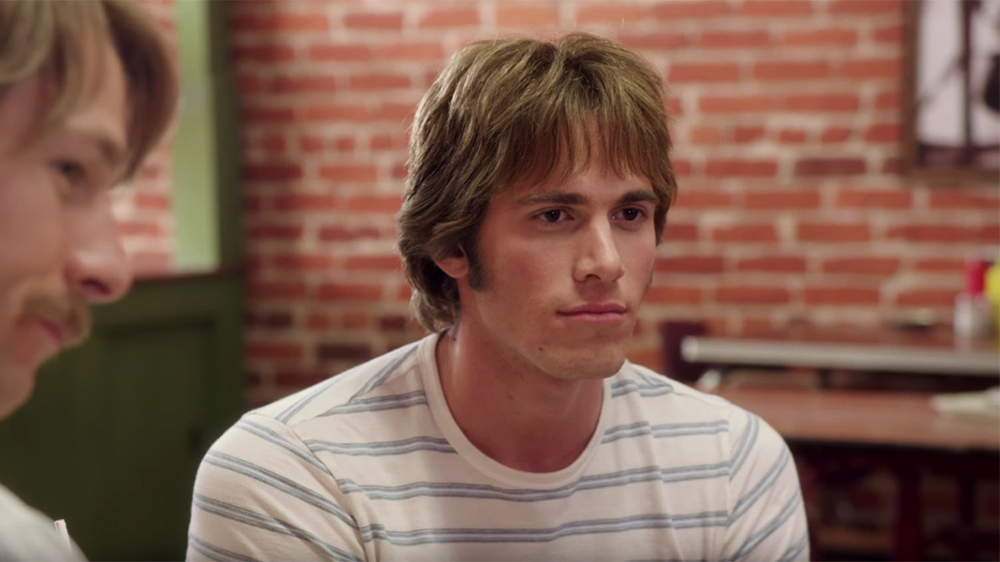
Paul Thomas Anderson is one of the few remaining directors who makes a mandatory appointment at the big screen out of every new release. Licorice Pizza, his first outing since 2017, has been cause for celebration for every hardcore cinephile around the world and a triumphant return that’s been embraced wholeheartedly by critics and audiences alike.
Anderson’s ninth feature gives us a glimpse into the lives of Gary Valentine (Cooper Hoffman), an audacious 15-year-old hustler and entrepreneur, and Alana Kane (Alana Haim), an aimless young woman still struggling to get her act together. The film serves as a heartfelt homage to the San Fernando Valley, the director’s old stomping ground and frequent backdrop to his narratives, as well as a highlight reel of PTA’s greatest tropes and themes. But within that framework, Licorice Pizza feels lighter than his early output; far more content to ebb and flow with its characters than it is following any kind of rigid narrative progression. The result is a free-wheeling stream of vignettes and breezy encounters that crib directly from Anderson’s personal experiences to deliver an affectionate snapshot of youth, love and La-La Land.
Licorice Pizza has resonated with a lot of viewers as the last of a dying breed of adult-oriented comedies that we simply don’t get that often nowadays. From timeless classics that exist on a similar wavelength to ’70s time capsules that recreate the same period, we’ve listed ten great companion pieces to Anderson’s latest hit that should hopefully scratch the itch.
1. Dazed and Confused (1993)
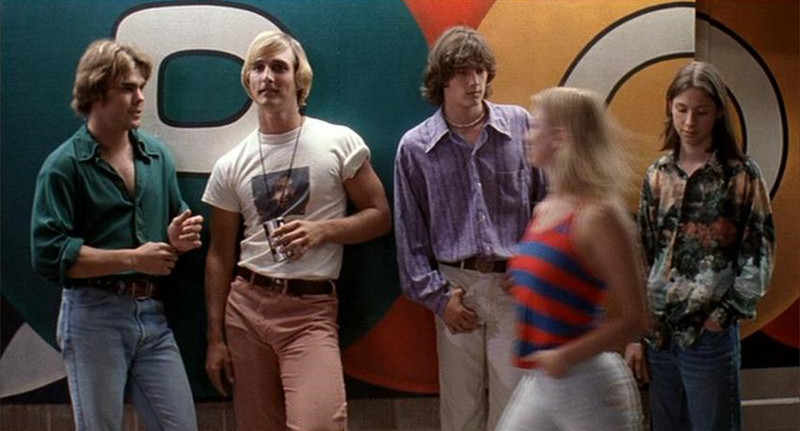
No list of coming of age films—not to mention one set in the ’70s—would ever be complete without Richard Linklater’s stoner classic. Dazed and Confused is still held to this day as the holy grail of hangout movies and has set the bar ever since for every subsequent entry in the subgenre. As such, it should rightfully be considered as required viewing for any enthusiast of PTA’s period piece.
The story entirely takes place during the last day of school in 1976 Austin, weaving through the interlocked lives of a group of senior and freshmen students to give us an unfiltered and truthful snapshot of the high school experience. Linklater’s film excels precisely at capturing the minutiae of adolescence—from all its rites, camaraderie and awkwardness, to all the parties, drugs and sex debauchery.
As is the case with Licorice Pizza, Dazed is brimming with memorable needle drops and endlessly quotable characters. From stoners and jocks to geeks, everyone seems to teeter between pseudo intellectual ramblings and a spiraling anxiety about what adulthood might hold in store for each of them. Likewise, the film is nonconforming to narrative convention and instead lends itself completely to transporting us back to that era and place. The result is a riveting microcosm of ‘70s American culture that for all its temporal distinctiveness, suggests that every generation has to deal with essentially the same existential quandaries.
2. Short Cuts (1993)
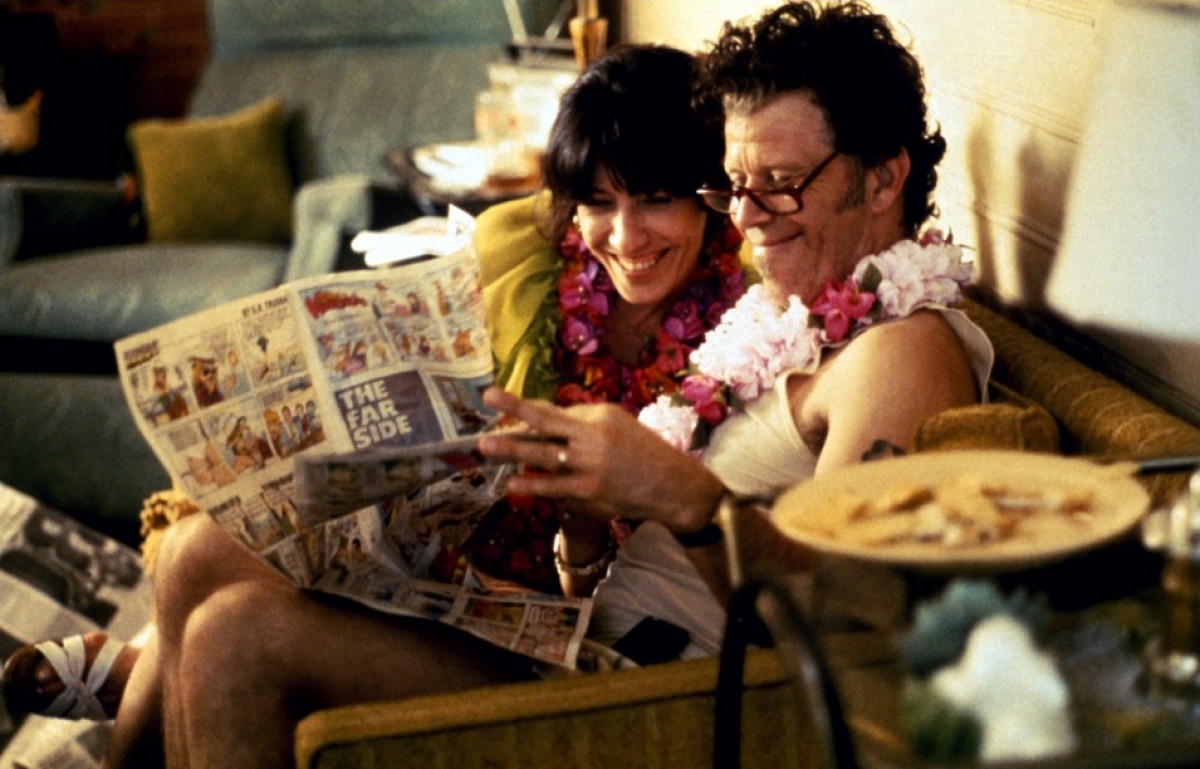
It wouldn’t be a stretch to state that without Robert Altman, there would be no Paul Thomas Anderson. Take any stylistic trademark from the latter—the kaleidoscopic storylines, the oddball characters, the naturalistic dialogue or the virtuoso long takes—and you’d be able to trace them all back to his artistic hero and mentor. Not that the director has ever shied away from acknowledging his inspirations: “I’ve stolen from Bob as well I can. If people want to call me Little Bobbie Altman, then I have no problem with that all.”
Out of Altman’s stacked filmography, these parallels are most evident in his late opus, Short Cuts. The film is very much cut from the same cloth as PTA’s sprawling ensembles, threading together a plethora of intertwined storylines to deliver an operatic tapestry of Los Angeles. Much like Licorice Pizza, the film flawlessly captures the essence of its setting to the point that the city itself becomes the beating heart of the narrative if not its main protagonist. On a human level, every character seems to be desperately seeking solace, saddled with thwarted dreams, repressed angst and forever caught up in their own affairs. Their lives often intersect in wildly unexpected ways, accentuating the film’s biggest undercurrent—that life is full of freaky accidents and we only learn a slice of truth, but that we’d all be better off with an extra grain of empathy and kindness.
3. Almost Famous (2000)

Yet another staple in the hangout film canon, Almost Famous gives us a backstage pass to the rock and roll scene through the eyes of William Miller, a teen music buff who tags along with an on-the-rise band as part of a profile for Rolling Stone magazine. The film mainly draws from director Cameron Crowe’s formative years as a budding young journalist covering Led Zeppelin, thrusting us into a world of excess, freedom, groupies and unbridled narcissism that proves to be a transformative experience for its pubescent lead.
The parallels between Almost Famous and Licorice Pizza are self-evident—not only do both stories take place in the very same year (1973), but also center around 15-year-old overachievers who work on showbiz and fall under the spell of older women. Much has been said lately about the age gap between Gary and Alana, a crucial factor in their relationship that rubbed certain viewers the wrong way and has triggered no shortage of heated debates online. The same would apply to Almost Famous’ main love affair, though to Crowe and Anderson’s credit, both films present their central romances as platonic for the most part.
All things considered, it’s hard not to appreciate the good-natured vibes and exuberant thrills of William’s rite of passage. After all, who hasn’t dreamt of hitting the road at least once at his age?
4. American Graffiti (1973)
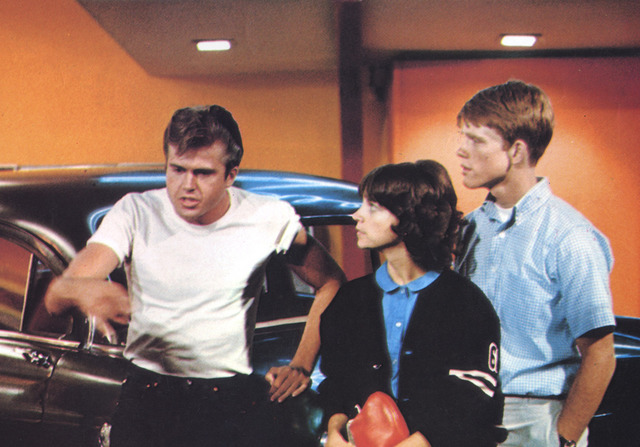
American Graffiti is an ode to simpler times, offering tinned nostalgia for an era predating Dallas or Vietnam where the biggest preoccupation in the minds of young people was whether to spend the night hanging out at the local diner or cruising around in their ’55 Chevys and ’32 Deuce Coupes while listening to the latest hit by The Beach Boys. The film examines the vicissitudes of teenage life and the fading freedom of youth by rendering those fleeting moments in life where nothing seems to happen, but everything comes at you at once.
Credit where credit is due: George Lucas’ cult classic still remains the quintessential coming-of-age story and essentially laid the groundwork for almost every other entry in the present list. Paul Thomas Anderson cited it as one of the two key touchstones that were in the back of his mind while crafting his own—the other being Fast Times. The director also mentioned that it pushed him to change his film’s title to come up with one that rolled off the tongue. “We called it ‘Alana and Gary’ for the longest time. But you think of titles like ‘American Graffiti.’ ‘Fast Times.’ ‘Licorice Pizza.’ Good. All right, let’s stick with that company.”
5. Boogie Nights (1997)
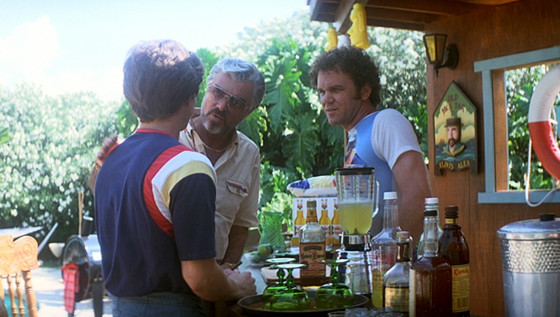
Watching PTA’s early tribute to the ’70s San Fernando Valley seems like a logical next step to Licorice Pizza, right? Though it would be shortsighted to reduce such a layered and diverse catalog to one film, Boogie Nights is likely the best sampling of Anderson’s many virtues as a filmmaker as well as a good indicator of all the motifs and themes he’d flesh out throughout his illustrious career. Long-time acolytes will certainly be no strangers to it as the movie where the director officially earned his stripes to become a household name in the industry.
Much like Licorice Pizza, the film gives us an in-depth look into the inner workings of the ’70s showbiz, though through a markedly different lens. Set against the backdrop of the adult film industry, the story charts Eddie Adams’ (Mark Wahlberg) meteoric rise to stardom under the tutelage of a seasoned porn producer. What elevates the film to a bona fide classic is that Anderson never vilifies its taboo subject as cheap hedonistic exploitation. In fact, he’s nowhere near as interested in erotic entertainment or Hollywood as he is in portraying the communal living and sense of camaraderie that springs from these productions, which become a sort of safe haven for social misfits and young drifters alike.
If the latest hit by PTA left you aching for colorful ensembles, wall-to-wall needle drops and energetic camerawork, you can’t do much better than this.